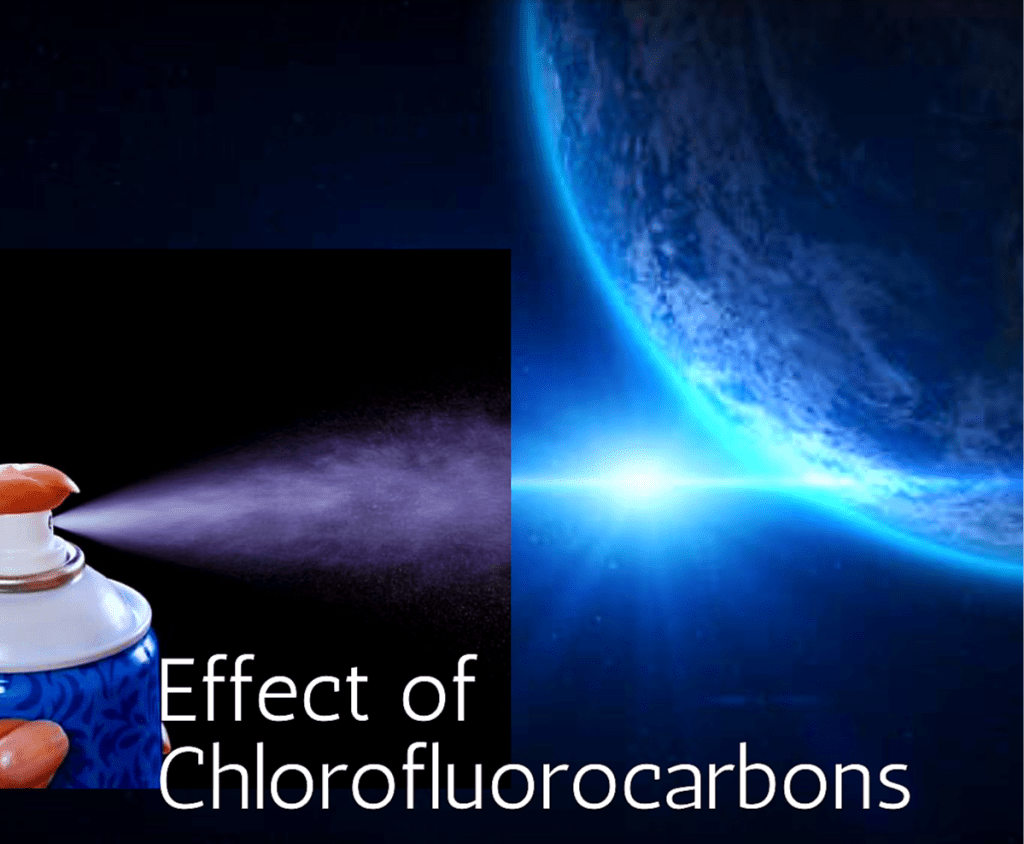Mostly, we are unaware of the extent of the effect of Chlorofluorocarbons on us (i.e our health and environment) at large.
Chlorofluorocarbons otherwise called CFCs are non-flammable fluids that have impacted the environment we live, in several ways.
These gases are oftentimes found in products we use in our homes – like refrigerants, cleaning agents and spray charges.
But the use of some of these chloroalkanes as solvents for cleaning etc have mostly been phased out since the discovery by researchers associated them to ozone depletion.
CFCs has also been discovered to pose risks to human health when inhalaled, absorbed or other forms of direct contact including exposure to harmful levels of intense light.
This article will reveal more about the impact of Chlorofluorocarbons and how it can be managed.
Environmental Impact of Chlorofluorocarbons
On our environment, Chlorofluorocarbons are found to be a primary cause of ozone depletion.
Ozone depletion is the term that describes the gradual thinning of Earth’s shield, which is a layer in the upper atmosphere.
This depletion is caused by the release of chemical compounds containing harmful gases of chlorine or bromine from industries and other human activities.
How CFCs work to cause depletion: The Gaseous CFCs can deplete the ozone layer by slowly rising into the stratosphere, where they are broken down by strong ultraviolet radiation and this process in turn releases chlorine atoms, and then react with ozone molecules to cause depletion.
Heat produced at that frequency is trapped out of earth’s air by infrared assimilation groups.
Chlorofluorocarbons’ do not just cause ozone-depletion. They react with the ozone in the upper atmosphere destroy it layer, and allow ultraviolet (UV) radiation to pass through it, onto the earth’s surface.
This UV radiation is the cause of several human health problems which we will carefully analyze below.
The Effect of Chlorofluorocarbons on Health
CFCs when ingested or come in contact with the skin can cause varying degree of symptoms and health issues to certain people.
Ranging from skin irritation to dermatitis as a result of dermal interactions with CFCs etc.
Ingesting CFCs can cause challenges like Nausea, regurgitation, or other discomfort to the human digestive tract.
Chlorofluorocarbon have been linked to abnormalities in the human immune system, and sensory system.
These concerns include:
- Breathing difficulties
- Heart, kidney or liver injuries.
- Also, excessive exposure to UV rays may suffocate the skin’s natural defences and make them more susceptible to infections.
- Skin cancer is also linked with CFCs effects
- Additionally, prolonged exposure to harsh lights can result in waterfalls, macular degeneration, and other eye problems.
- They also cause problems to plants and animals.
How to Combat the Effect of CFCs on Environment
Chlorofluorocarbons and other lifeless fluorine-containing gases like, bromofluorocarbons etc, with a “super” ozone harming substance (GHG) can be contained, particularly by human activities.
Researchers had pointed out that the ozone layer’s opening has begun to recover as a result of CFC boycotts.
This is possible when concious steps are taken towards adopting the use of non-ozone depleting technologies while maintaining a low Global Warming Potential (GWP).
Industries should produce and market can air-conditioning and refrigeration equipment that do not use HCFCs as refrigerant.
Likewise, aerosol products should not contain HCFCs or CFCs as propellants instead a substitute should be found for it.
Regular inspection and maintenance of air-conditioning and refrigeration should be practiced for appliances to prevent and minimize refrigerant leakages.
Also lifestyle reforms can help save our ozone layer, health and environment. Such as – driving hybrid or electric cars, walking, biking etc.
These habits reduce the amount of nitrogen gas produced that negatively affects the ozone layer.
Conclusion
CFCs as we know are a group of odourless artificial chemicals with a negative impact on the earth’s biodiversity.
Awareness and more intentional measures to reduce the production and release of Chlorofluorocarbons by human activities will in turn reduce the effect we are at risk of facing.
